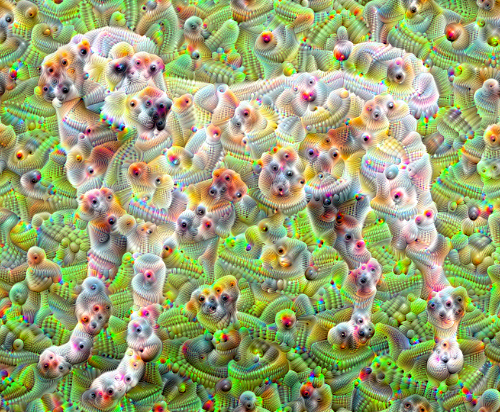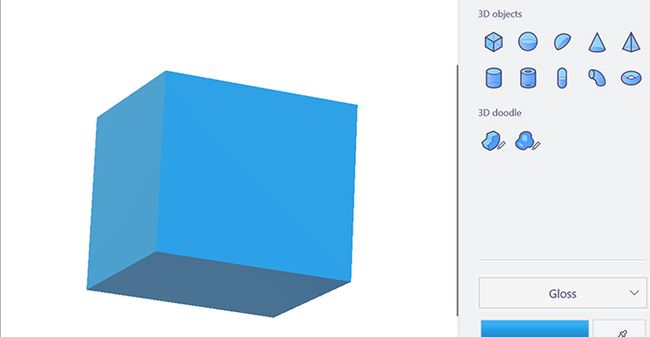

Tensor returned by read_image has memory format equivalent to channels last but has 3D. Why “read_image tensor -> Resize (32->224)” is much slower than “CL contig tensor -> Resize (32->224)” for 1 thread ?

“read_image tensor -> Resize (32->224)” measures upsampling resize on the tensor returned by read_image.Upsampling and downsampling are slow if using the tensor coming from read_image:ġ threads:.Python platform: Linux-4.15.0-142-generic-x86_64-with-glibc2.23ĬuDNN version: Probably one of the following:
Tf image resize 3d full#
Please refer to my post on the Pytorch Forum here for the full analysis. I can’t really understand why this happens, since both calls to Resize are on tensors of type torch.FloatTensor. However, applying transforms.Resize on the tensor generated by io.read_image + transforms.ConvertImageDtype is much slower than applying the same resize operation on the output of PIL read + transforms.ToTensor. To add onto point 2, the two sets of functions I mention return the same type of tensor: torch.float. While io.read_image + transforms.ConvertImageDtype itself is significantly faster than using PIL, combining it with the transforms.Resize operation - specifically when upsampling - makes the operation much slower than the PIL alternative.io.read_image + transforms.ConvertImageDtype do not actually return the same tensor values as PIL + transforms.ToTensor, even though they are supposed to provide the same functionality.However, I have found that there are two issues: Later we will again convert the arrays to an image and plot it to visualize if the image quality varied on resizing.Recent releases of Torchvision and the documentations that support it seem to suggest that we can use io.read_image + transforms.ConvertImageDtype instead of the traditional _fn + transforms.ToTensor. In the next phase, we will declare a specific height and width for the image and pass those values in the resize() method of TensorFlow. The resize operation will not occur on multiple image formats instead, they must be converted into an array with corresponding pixel values. Initially, the drive was mounted, and thus the importation of images was enabled.Īfter taking the image path, we loaded it as a TensorFlow image. This is to specify that Google Colab does not support TensorFlow version 1x and only imports version 2x. In this case, we have used Google Colab as our environment.
Tf image resize 3d series#
The next example will include TensorFlow version 1x with a series of images. One would be dealt with version 2x on a single image. In the following section, we will demonstrate two examples. Some methods have been syntactically updated in version 2x. TensorFlow version 1x and version 2x have different classes and methods to perform multiple image operations.

TensorFlow is more focused due to constant updates and better compatibility with the GPUs.

Images can be manipulated through libraries like OpenCV, Pillow, TensorFlow, etc.


 0 kommentar(er)
0 kommentar(er)
